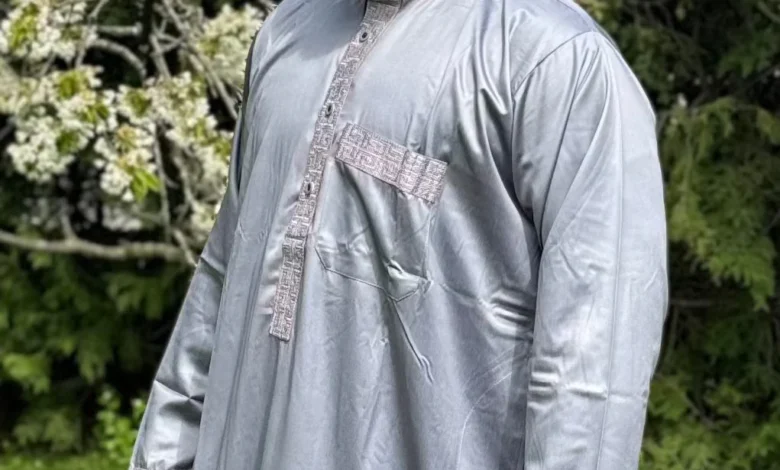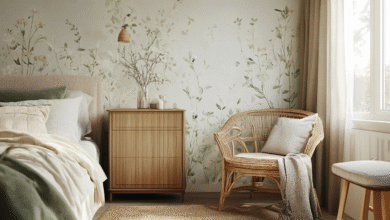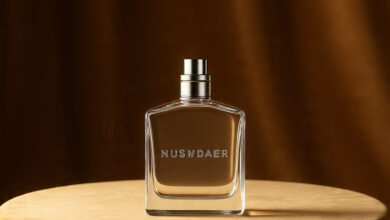The Emirati Thobe: Elegance in Every Stitch

In the United Arab Emirates, clothing is more than a statement of style — it is a quiet reflection of identity, pride, and tradition. The Emirati thobe, also known as the kandura, embodies this philosophy perfectly. Its simplicity conceals a world of meaning, from the choice of fabric to the precision of its stitching. Worn daily by Emirati men and cherished during celebrations, the kandura is not merely attire — it is a living expression of culture. In a region renowned for opulence, the Emirati thobe stands apart for its restraint, purity, and enduring elegance, symbolising the UAE’s blend of heritage and modern grace.
Craft and Design: The Art of Perfection
The beauty of the Emirati kandura lies in its craftsmanship. At first glance, the garment seems effortlessly simple — a long, flowing robe of pristine white — yet every detail is meticulously designed. The fabric, usually lightweight cotton or linen, is chosen to suit the Gulf’s intense climate, allowing air to circulate and keeping the wearer cool even in the desert heat. For winter, thicker cottons or subtle wool blends are used, but the hallmark of the thobe remains its smooth drape and crisp finish.
Tailoring is an art passed down through generations. Each emirate has its own slight variation, reflecting local preferences and influences. The Abu Dhabi style is known for its closed, buttonless neckline and the absence of embroidery, giving it a minimalist aesthetic. In contrast, the Dubai style often features a small collar and a short tassel — the tarboosh — that hangs neatly from the neckline, sometimes scented with oud or musk. This understated touch adds individuality while remaining faithful to tradition.
Unlike mass-produced garments, a well-made kandura is cut to the wearer’s exact measurements. The fit must be precise but never tight; it should flow gracefully while maintaining structure. The sleeves fall naturally at the wrist, the hem just skims the ankles, and the seams are hand-finished to create a seamless line from shoulder to hem. The tailoring process can take several hours, sometimes days, depending on the fineness of the fabric and the level of detailing required. The result is a garment that feels both personal and timeless — a testament to Emirati craftsmanship and a quiet celebration of perfection.
Symbolism: Modesty, Purity, and National Pride
The Emirati thobe carries symbolism far beyond its fabric. Its all-white colour is the most immediately recognisable feature — a deliberate choice that conveys purity, humility, and clarity. White reflects the sunlight, keeping the body cool, but it also mirrors the Emirati values of simplicity and modesty. In a country known for architectural innovation and modern luxury, the kandura is a constant reminder that true elegance lies in restraint.
Emirati men wear the kandura with pride, often pairing it with the ghutra or keffiyeh, a square headscarf, secured by the black agal cord. Each element contributes to the national identity, distinguishing the Emirati look from other Gulf traditions. For instance, the Saudi thobe tends to be more structured, while the Omani version often includes embroidery around the collar. The Emirati style, however, is intentionally minimalist — clean lines, neutral tones, and an unbroken silhouette that speaks of quiet confidence.
Even the fit of the thobe carries cultural weight. It is never ostentatious, never designed to draw attention. The relaxed yet dignified cut symbolises balance and composure — qualities deeply valued in Emirati society. Every fold, every hemline represents a harmony between form and purpose. The kandura’s simplicity does not diminish its prestige; instead, it enhances it, making it a garment of subtle power and national pride.
Modern Trends: Tradition with a Contemporary Touch
Though the UAE men’s traditional wear remains rooted in heritage, it has also evolved alongside the country’s rapid modernisation. Today, the Emirati kandura finds itself at the crossroads of tradition and global fashion. Younger generations favour slimmer silhouettes and slightly tapered sleeves, bringing a refined modern look to the classic robe without compromising modesty.
Luxury tailors in Abu Dhabi and Dubai now experiment with innovative materials — breathable blends, moisture-wicking fabrics, and even subtle textures — to adapt to contemporary lifestyles. High-end designers collaborate with local ateliers to create limited-edition thobes that merge craftsmanship with couture. The result is a growing recognition of the thobe not just as traditional dress but as a luxury garment in its own right.
The international fashion scene has taken notice too. Emirati thobes have appeared at global exhibitions and luxury showcases, admired for their clean lines and timeless minimalism. Influencers and style icons across the Gulf and beyond often pair the kandura with designer accessories, subtly bridging heritage and haute couture. Yet despite this modern flair, the thobe never loses its essence. Whether worn at a royal reception or a casual gathering, it maintains the same aura of dignity, comfort, and grace.
In the UAE, fashion has always been about balance — embracing the new while preserving the old. The Emirati thobe perfectly captures this spirit. It evolves gently, never dramatically, ensuring that every modern interpretation remains true to its cultural roots.
Conclusion
Elegant, understated, and deeply symbolic, the Emirati thobe remains one of the most refined expressions of national identity. It represents not only how Emirati men dress, but how they carry their culture — with pride, precision, and quiet sophistication. In every fold and every stitch, the kandura tells the story of a nation where tradition and modernity walk hand in hand, wrapped in timeless white.


